What is structured literacy?
Are you here to get the details about structured literacy?
Let’s dive in!
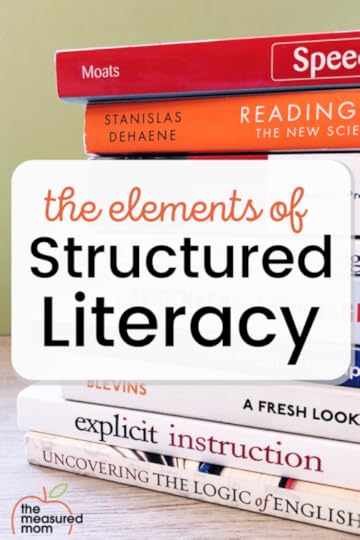
For years I considered myself a balanced literacy teacher.
And it’s not really a surprise. I was in college when balanced literacy came into existence (1996).
I entered the classroom during its heyday (1999).
And all the coursework I did for my master’s degree in Curriculum & Instruction (with a focus on reading) revolved around a balanced literacy approach.
So why am I here talking about structured literacy?I couldn’t ignore it anymore.
I wanted to, believe me. I was sure that structured literacy meant drill-and-kill, phonics only, cringeworthy decodable books, and tedious scripted curricula.
Everything I’d spoken against.
But guess what?
Turns out I was wrong.
What is structured literacy?Structured literacy was a term coined in 2016 by the International Dyslexia Association.
“The term ‘Structured Literacy’ is not designed to replace Orton Gillingham, Multi-Sensory or other terms in common use. It is an umbrella term designed to describe all of the programs that teach reading in essentially the same way.”
Hal Malchow, International Dyslexia Association
Structured literacy uses explicit, systematic teaching to teach the following elements:
phonologysound-symbolsyllablesmorphologysyntaxsemanticsWhat are those? We’ll get to that in a minute. But first …
Why do we need structured literacy?For years, I was convinced that structured literacy was overkill.
After all, my students had thrived with a balanced literacy approach (I thought).
My oldest five kids learned to read using a balanced literacy approach (I taught them to read before they started school).
What really opened my eyes was learning that while balanced literacy may be successful for some, it doesn’t work with everyone.
When I learned that about 40% of kids can learn to read no matter how you teach them, but that a greater percentage need a structured literacy approach, things started making sense.
That student I had that couldn’t read past level A no matter what I tried? She needed explicit phonemic awareness so she could sound out words.
That little boy I taught who listened with rapt attention to my read alouds but struggled to get words off the page? He needed systematic phonics with engaging decodable text.
That towering 16-year-old football player that I tutored during grad school? The one reading at a second grade level?He didn’t need what my co-teacher and I were giving him … a smattering of this and a smattering of that.
He needed someone to teach him the code.Have you seen the ladder of reading?
Nancy Young, an experienced educator and speaker with extensive knowledge of evidence-based approaches to teaching reading, did her research and found that many students need a structured approach to be successful readers.
As in, 60% of students.
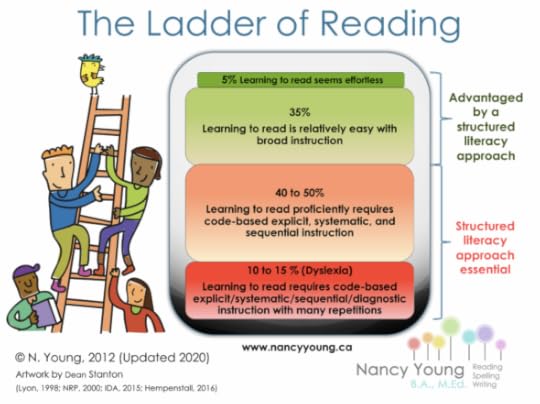 Used with Nancy Young’s permission
Used with Nancy Young’s permissionAs I (oh so reluctantly) learned more, I found that structured literacy does not need to mean boring.
It doesn’t mean that we kill the love of reading before it begins.
It means that we teach the essentials in a hands-on, engaging way.
What are the components of structured literacy?PhonologyPhonology is the sound structure of spoken words. It refers to phonological and phonemic awareness. Phonological awareness includes the ability to rhyme, count words in a sentence, and clap syllables.
Phonemic awareness is an important component of phonological awareness and involves the smallest parts of words: their individual sounds (phonemes). For example, in the word fish we have four letters but just three phonemes: /f/ /i/ /sh/.
Sound-SymbolThe fancy explanation of “sound-symbol” is mapping phonemes to graphemes.
If you’re looking for plain English, sound-symbol has to do with knowing what sounds go with which letters. For example, b is used to represent /b/. A more complex example is that igh is used to represent /i/.
(In other words … phonics.)
Sound-symbol is important for both decoding and encoding. Plain English? Reading (decoding) and spelling (encoding).
SyllablesHave you heard of the six syllable types?
open syllableclosed syllablesilent-e syllabler-controlled vowel syllableconsonant-le syllablevowel pair syllableI’ll be honest … I did not teach syllable types when I taught beginning readers. This felt boring and way more than they needed to know to be successful readers.
Little did I know that learning the six syllable types goes a long way in helping children read long, unfamiliar words.
MorphologyEnough with the big words already, right?
A morpheme is the smallest unit of meaning in a language. Morphemes include roots, base words, prefixes, and suffixes.
Believe it or not, we teach morphology in kindergarten. (When you teach kids that adding s to a word makes it “more than one” you’re teaching morphology.)
Of course, it gets more complicated as children move through the grades.
SyntaxSyntax has to do with the way we structure language to convey meaning. Syntax is all about grammar and sentence structure.
SemanticsSemantics has to do with meaning. When we teach semantics, we teach comprehension of written language.
What does structured literacy look like in the classroom?Great question!
I’m all about getting practical, and I won’t leave you hanging.
Today’s post was just a quick overview.
In the next month, Becky Spence (This Reading Mama) and I are going to get specific.
Stay tuned for the rest of our 7-part series!
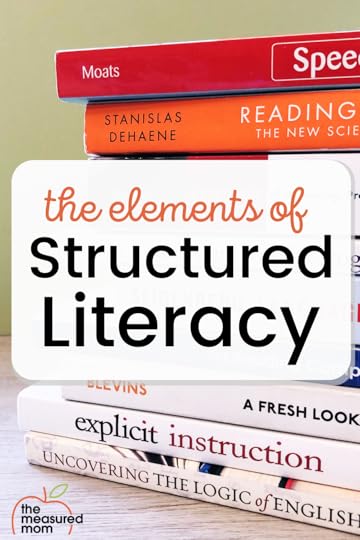 Part 1
Part 1
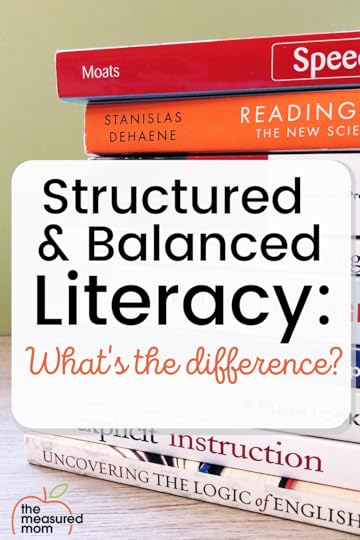 Coming soon
Coming soon
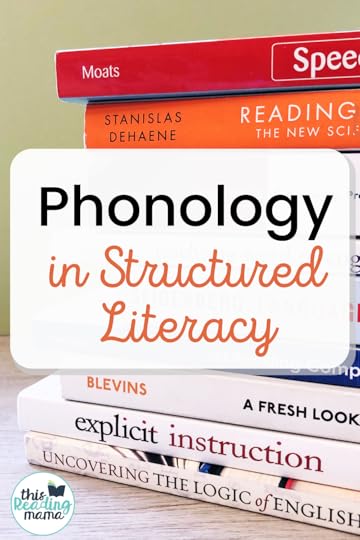 Coming soon
Coming soon
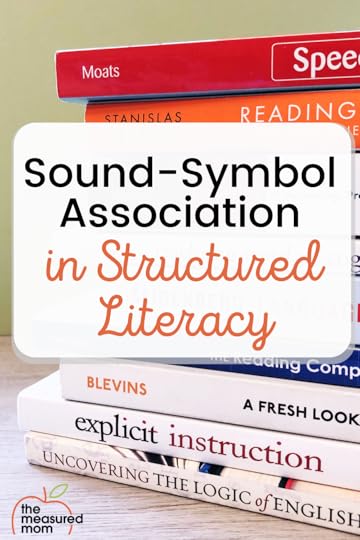 Coming soon
Coming soon
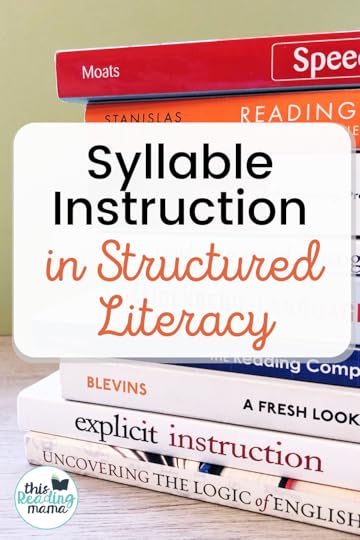 Coming soon
Coming soon
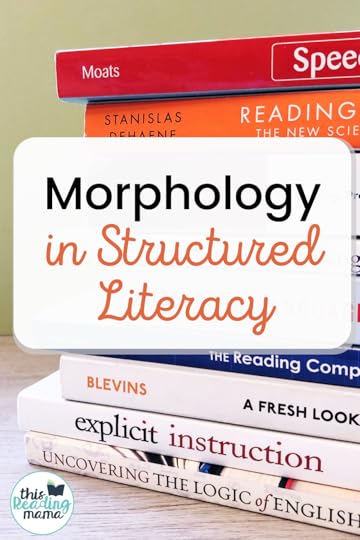 Coming soon
Coming soon
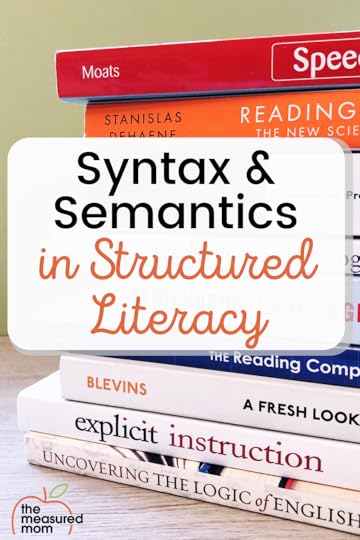 Coming soon
Coming soon
��
Recommended reading Effective literacy instruction (International Dyslexia Association) Structured literacy instruction: The basics (Reading Rockets)The post What is structured literacy? appeared first on The Measured Mom.
Anna Geiger's Blog
- Anna Geiger's profile
- 1 follower



